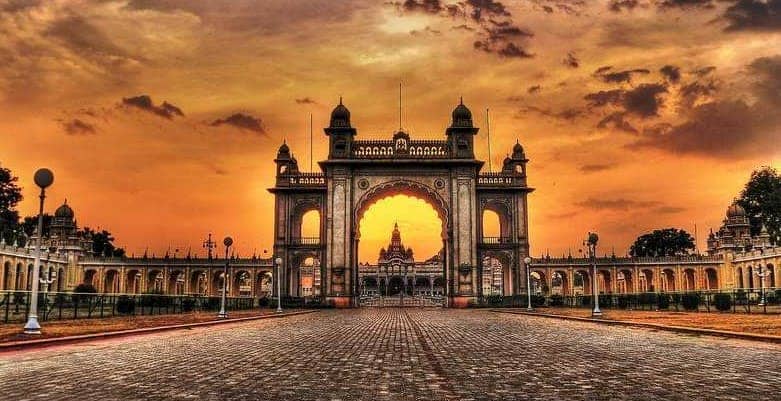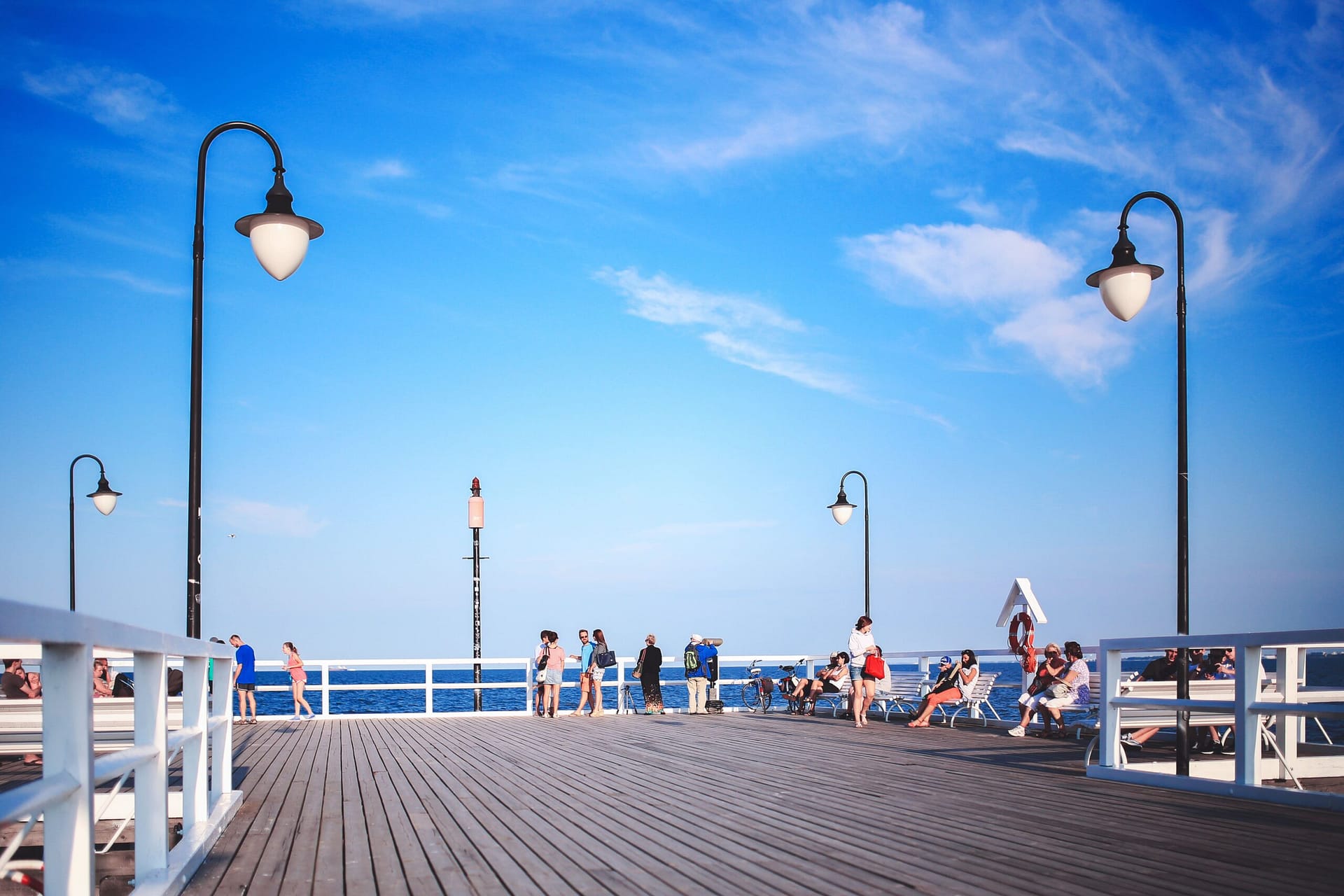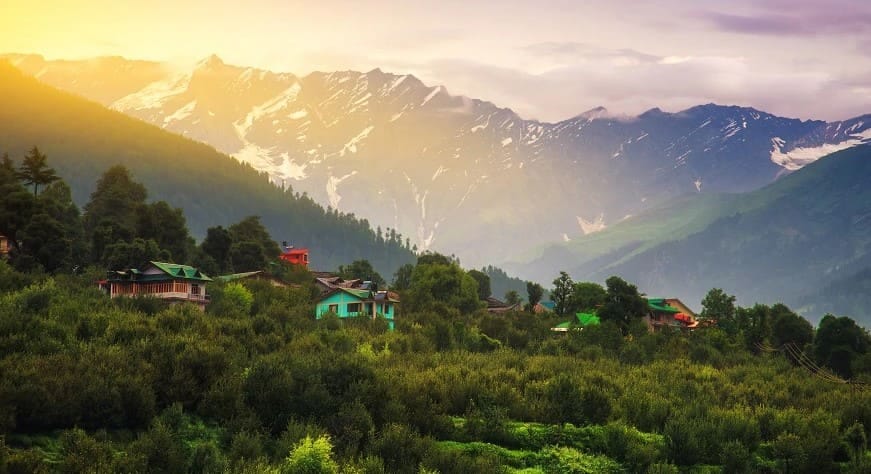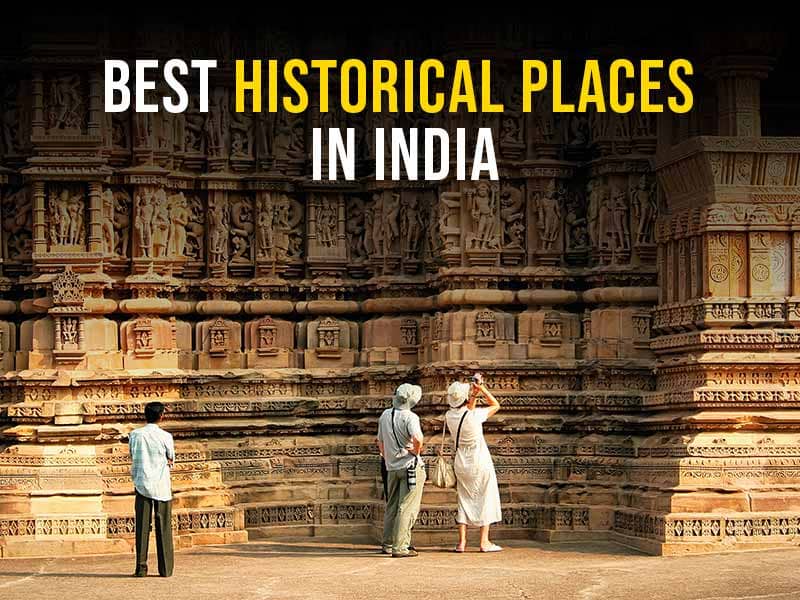Every nook and cranny of this magnificent country welcomes you with lavish palaces, old forts, and beautiful structures. All old structures and notable historical sites in India drip with history, depicting tales of romance, bravery, strength, and conflicts. Furthermore, there is no need to conduct research every time you need knowledge about historical locations.
You can always refer to the following list of India’s most notable historical sites. Due to these ancient and historical sites in India, the bygone age is embedded in civilization. So, if you’re a history buff or just want a taste of India’s rich culture, come see some of India’s most important historical sites!
TAJ MAHAL
The Taj Mahal, one of the world’s seven wonders, is situated on the banks of the Yamuna River in Agra. It was created as a memorial for Shah Jahan’s third wife, Mumtaz Mahal, by the Mughal Emperor Shah Jahan. It also houses Shah Jahan’s personal tomb. Taj Mahal is one of the most stunning monuments in the world, built completely of white marble in the 17th century.
Every year, more than the whole population of Agra passes through the majestic gates in order to see this amazing monument! The Taj Mahal is a UNESCO World Heritage Site that means “Crown of Palaces” in Persian. The tomb is rectangular in shape and is entered through a large doorway with an arch and alcoves on both sides.
The entrance has water channels and fountains, making the monument even more magnificent. The Yamuna’s reflection of this magnificent sight is almost poetry in its perfection! The Taj Mahal was built over a 42-acre plot of land in 1631, and it took 17 years to complete in 1648! It was built with white marble from the Rajasthani town of Makrana.
HAWA MAHAL
The massive edifice of Hawa Mahal stands at the intersection of the main road in Jaipur, Badi Chaupad, and was built by Maharaja Sawai Pratap Singh in the year 1799. Hawa Mahal derives its name from its unique structure, which is a mesh of small windows that allowed the cool wind to enter the palace and hence kept the palace comfortable during the hot summer months.
The main reason behind the palace’s construction was to allow the women of the royal house to observe the festivities on the streets whilst being unseen from the outside as was the custom of the land. It is located right on the edge of the City Palace Jaipur and extends right to the ‘zenana’. Hawa Mahal is a structure made of red and pink sandstone and has a pyramidal structure that almost resembles a crown.
It has been embellished with 953 tiny windows, also known as ‘Jharokhas’, and embellished with gorgeous latticework. From within, the Hawa Mahal palace is based on five floors each of which has a uniquely decorated chamber. A charming fountain welcomes you inside the main palace, from whereon you can make your way up to the different floors. The top of the palace offers a brilliant view of the City Palace, Jantar Mantar, and the ever-busy Siredeori Bazar. There is a small museum as well which holds some rich relics and miniature paintings.
QUTUB MINAR
Qutub Minar is a victory tower or minaret in Delhi’s Mehrauli neighborhood, which is a UNESCO World Heritage Site. Qutub Minar is Delhi’s second tallest landmark, standing at 72.5 meters (238 feet). After defeating the last Hindu ruler of Delhi, Qutb Ud-Din-Aibak, the founder of the Delhi Sultanate, began building in 1192. He built the basement, then handed the project over to his son-in-law and successor Iltutmish, who added three more levels. Firoz Shah Tuglak constructed the fourth and fifth stories.
AGRA FORT
Visit the walled royal Agra Fort, one of India’s most famous historical sites made entirely of red sandstone, to get a taste of the Mughal era’s rich history. This historical tourist attraction in India boasts two ornately carved gates: the Amar Singh Gate and the Delhi Gate, which were built by Akbar in 1565. Only the Amar Singh Gate provides access to a historic city replete with gateways, courts, tunnels, palaces, and mosques. It is one of Agra’s most magnificent tourist attractions.
SANCHI STUPA
The Sanchi Stupa, which houses relics of the Buddha, is one of Buddhism’s most sacred temples. Lord Asoka created this important historical site in India for Emperor Ashoka in the 3rd century B.C. The stupa’s Dome represents the wheel of law, and it is thought to be a symbol of Buddha’s freedom, as well as the round of life and death (Moksha). The Stupa’s four entrances depict scenes from the Jataka tales and life stories of Buddha.
KONARK TEMPLE
Built by the great ruler of the Ganga dynasty – King Narasimhadeva I, along with 1200 artisans, the Konark Temple is magic set in stone. Located on the coast of the Bay of Bengal, this temple signifies the exquisite detailing of ancient architecture and is one of the famous historical places in India. A particularly interesting feat is at the entrance of the temple where two lions are shown crushing elephants and a human body lies at the foot of the elephant.
















